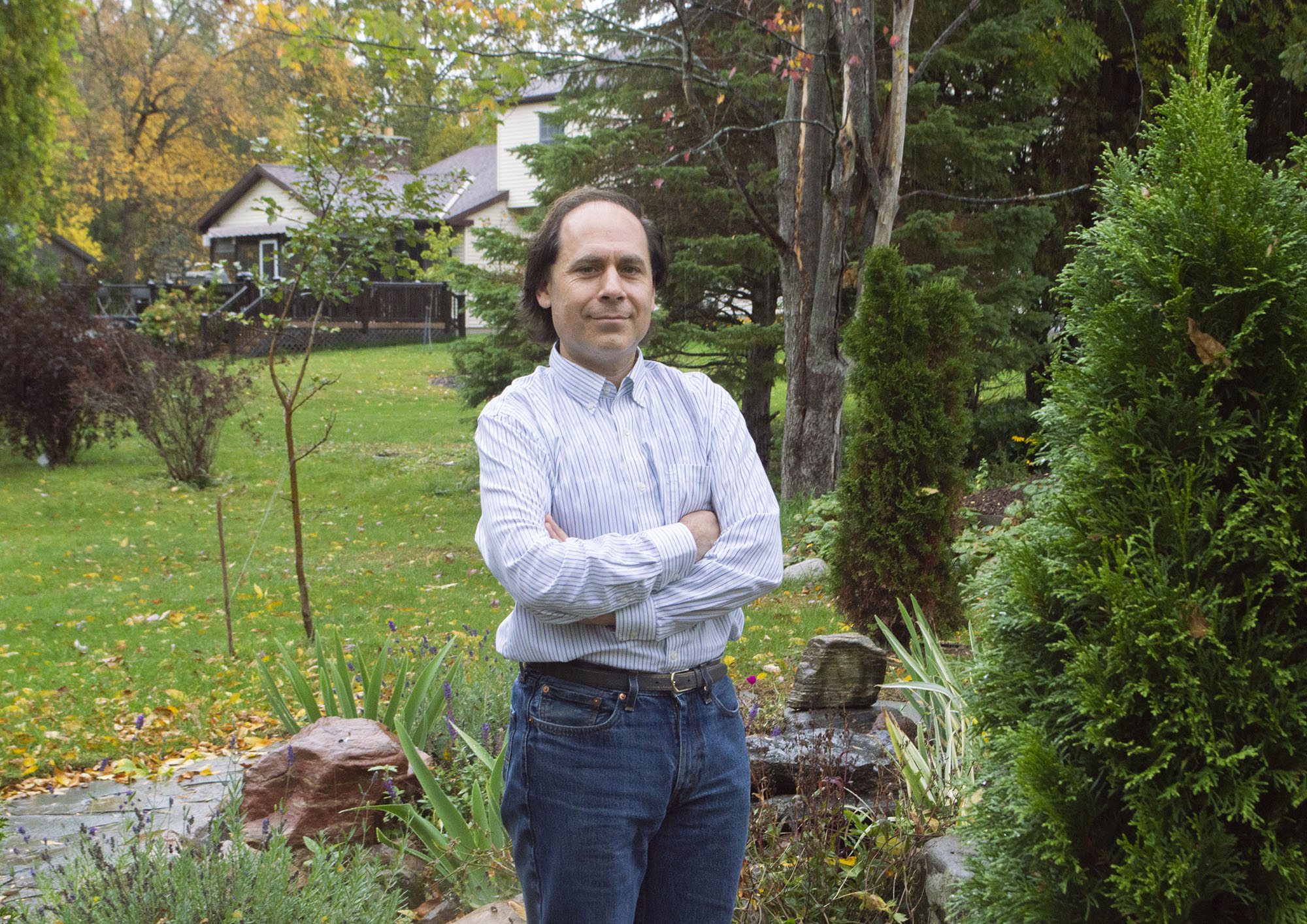Online classes nowadays are strange for SLU students who are accustomed to in-person courses, however these classes are just as unusual for professors themselves. Most professors are teaching completely remotely this semester, which is uncharted territory for some faculty.
According to Associate Dean for Academic Advising Programs and Associate Professor of History, Elun Gabriel, planning for this semester’s courses has been incredibly difficult. Faculty and staff in some cases have been planning since March for this fall’s classes by going to workshops and talking with colleagues at SLU and around the world. They were “rebuilding syllabi from the ground up to cope with the situation. And it was doubly hard, because we had to wait for guidance from New York State and campus committees tasked with the safe reopening to determine exactly what we could do with classroom space,” said Gabriel.
Professors teaching FYP courses also had a challenging time preparing their coursework. Assistant Professor and Chair of the Canadian Studies Department, Neil Forkey, described that these courses needed to remain accessible to students who may have never taken a university level course. At the same time, the courses still need to meet the learning goals of the whole First Year Program.
Despite the lack of in-person connection in classrooms, Forkey and Gabriel both believe that they are offering the best they can to their students. “Honestly, given the thought and effort that I have to my online courses, I do not feel that I am failing my students in any way,” Forkey stated.
Gabriel extends the idea that while some aspects of in person teaching may be lost he is moved to think of other ways to engage students or conduct a lesson. “I gesticulate and I draw all over the white board, none of which I can really do on Zoom—we gain others, in terms of how we can organize activities, show materials, put students together, and so on. So, some things are lost definitely, but others are gained.”
Although parts of an in-person course may have been lost, such as field trips, there are still ways in which professors see the online learning platform as comparable to in person classes. “It isn’t the intimacy of the in-person classroom, but it is a classroom space. I still see the sparks of insight, the back and forth of ideas, the banter and the humor that I expect in a classroom,” Gabriel explained.
Forkey shares this sentiment as well, “I also feel that the students are making a good effort to have our online sessions be as fruitful as possible. I appreciate their goodwill and positive attitude.”
Zoom might still be a classroom space where students and professors can interact; however, it is not able to replace the random conversations that students and professors find themselves having on campus. “I miss the impromptu exchanges with students, the moments that are not ‘scripted’ as part of the lesson plan,” Forkey states. He adds that when he is able to meet with students on campus in a less formal setting than a scheduled zoom, he is better able to help his students with advising by understanding their goals and future plans after SLU.
These adjustments have been difficult for professors and students alike, but Gabriel and Forkey seem to be grateful for the use of Zoom to connect with students during classes. They are able to incorporate new elements into their teaching style and maintain constructive conversations even though it may be virtual. Both professors advise to be patient and recognize that things will change in the future. Forkey encourages students to “Recognize that we are a community, and we are all trying to make the best of an unusual situation.” Gabriel also adds “Let this be an opportunity to cultivate resilience, grit, and creativity.”



